Enjoy the warmth of a tent stove
Röda Stjärnan is proud to be
Sweden’s largest supplier of tent stoves, offering a wide range of
stoves for tents, additional accessories, and spare parts. Whether you're heading out for an adventure in
outdoor life,
scouting,
hunting, or longer expeditions, we have tent stoves to meet your needs. Our models are designed to provide warmth, comfort, and functionality, whether you use a
tipi tent,
windshelter, or sit in a
hunting cabin.
Versatile tent stoves for all needs
We offer a wide selection of tent stoves with different features and materials, tailored for various applications:
- Titanium tent stoves: Ultralight models perfect for hiking, kayaking, and other adventures where weight and portability are crucial.
- Foldable tent stoves: Compact and portable solutions that are easy to pack and transport. Ideal for those who prioritize simplicity and flexibility.
- Stoves with windows: Models with glass in the door or on the sides, creating a cozy atmosphere and allowing you to monitor the fire without opening the stove.
- Coated steel or stainless steel: Affordable and durable stoves designed to withstand tough use.
No matter which model you choose, you can be sure that our stoves meet the highest standards of durability and performance.
Applications for tent stoves
A tent stove is versatile and suitable for many different situations:
- Outdoor activities and camping: Provides warmth and allows you to cook during forest or mountain adventures.
- Scouting and expeditions: Creates a comfortable and functional base camp.
- Hunting cabins and winter camps: An essential heat source for long days in the wilderness.
- Kayaking and ultralight expeditions: Titanium models are ideal due to their lightweight and compact design.
Sweden’s best alternative to military tent stoves
The classic
Swedish military tent stove is difficult to find on the surplus market, but at Röda Stjärnan, we offer several high-quality alternatives. We continuously strive to provide military tent stoves whenever possible, though availability depends on surplus stock.
Affordable tent stoves
We also offer
affordable tent stoves that maintain high quality without compromising functionality or performance. These are perfect for those looking for a budget-friendly solution for their outdoor adventures. We always aim to have at least two stoves that are truly affordable without extra features, for those who prioritize a low-cost tent stove over additional conveniences.
Accessories and customization
Complete your tent stove setup with our range of accessories, including additional stovepipes, tent passthroughs, spark arrestors, ground protectors, water heaters, and ovens designed for various types of shelters, including
tipis,
lavvus, and
tents.
Setting up a stove and chimney
A tent stove usually comes with some type of legs and a tall, straight chimney pipe. This works well for larger tipi tents where the chimney exits through the top. Smaller tents or cabins with slanted roofs may require a different type of setup, where the chimney is fitted with two 45-degree bends to prevent it from getting too close to the tent fabric. If you only use one 45-degree bend so that the chimney leans, there is a risk of the stove tipping over. Chimneys should always be secured with steel wire, especially if using bends. Keep in mind that despite having a spark arrestor, sparks may still fly out of the chimney, so we recommend placing it on the leeward side of the tent whenever possible.
Always remember that both the stove and chimney pipes get extremely hot, especially with larger stoves. The chimney should never be near flammable materials. Chimney pipes can also melt, carbonize, or deform normally heat-resistant materials such as aluminum, silicone, and fresh branches. The safest approach is to have an air gap between the chimney pipe and a layer of fireproof material, which is kept separated using thick steel wire or another metal structure. Double- or triple-walled chimney pipes are often available, but even these can become too hot if the fire burns intensely, especially in larger stoves. Chimney pipe attachments should generally be supplemented with a silicone flashing kit to create additional separation from the tent fabric.
Below are a few images showing an example of a tent stove installation that withstood heavy use in a synthetic tent. The chimney pipe is 3.5 inches in diameter, and the temperature can get very high. Generally, larger chimneys become hotter because larger stoves have higher heat output. Around the chimney is an air gap and an outer pipe. The tent fabric is held in place with a silicone sleeve (flashing kit) around the outer pipe, which is attached to the tent fabric with a white fire-resistant felt. We used two bends in the pipe to position the stove more towards the center of the tent, keeping it away from the fabric. Always be responsible when using fire—silicone and flame-resistant materials can still burn or melt at excessively high temperatures. These materials do not provide protection if you mistakenly overfire the stove, causing the entire chimney to glow red-hot. Typically, the maximum safe temperature at the through-passage is around 200°C. There are many different types of insulated chimney pipes with one or multiple extra walls, mesh designs, and similar variations.
For stoves with narrower chimney pipes, around 60mm max, or if the through-passage sits high up on the chimney, it may be possible to use simpler setups. For example, you can use a silicone sleeve directly on the pipe (at least if it's double-walled and installed at a distance where the outer surface stays below 200°C). If you choose a simplified installation, always ensure that you are confident in its safety and perform your own risk assessment.

Firewood and fuel consumption
It is best to prepare firewood for the night in advance. A common rule of thumb is that for one night, you will need a stack of wood measuring approximately 1 meter long, 25 cm wide, and 50 cm high. Each log should be around 25 cm long and roughly as thick as a wrist. If logs are too long, they may not fit through the stove door. Large logs may burn too slowly, while thin ones burn too quickly.
It's also wise to keep some kindling and birch bark nearby in case the fire needs to be restarted during the night.
Cooking on a tent stove
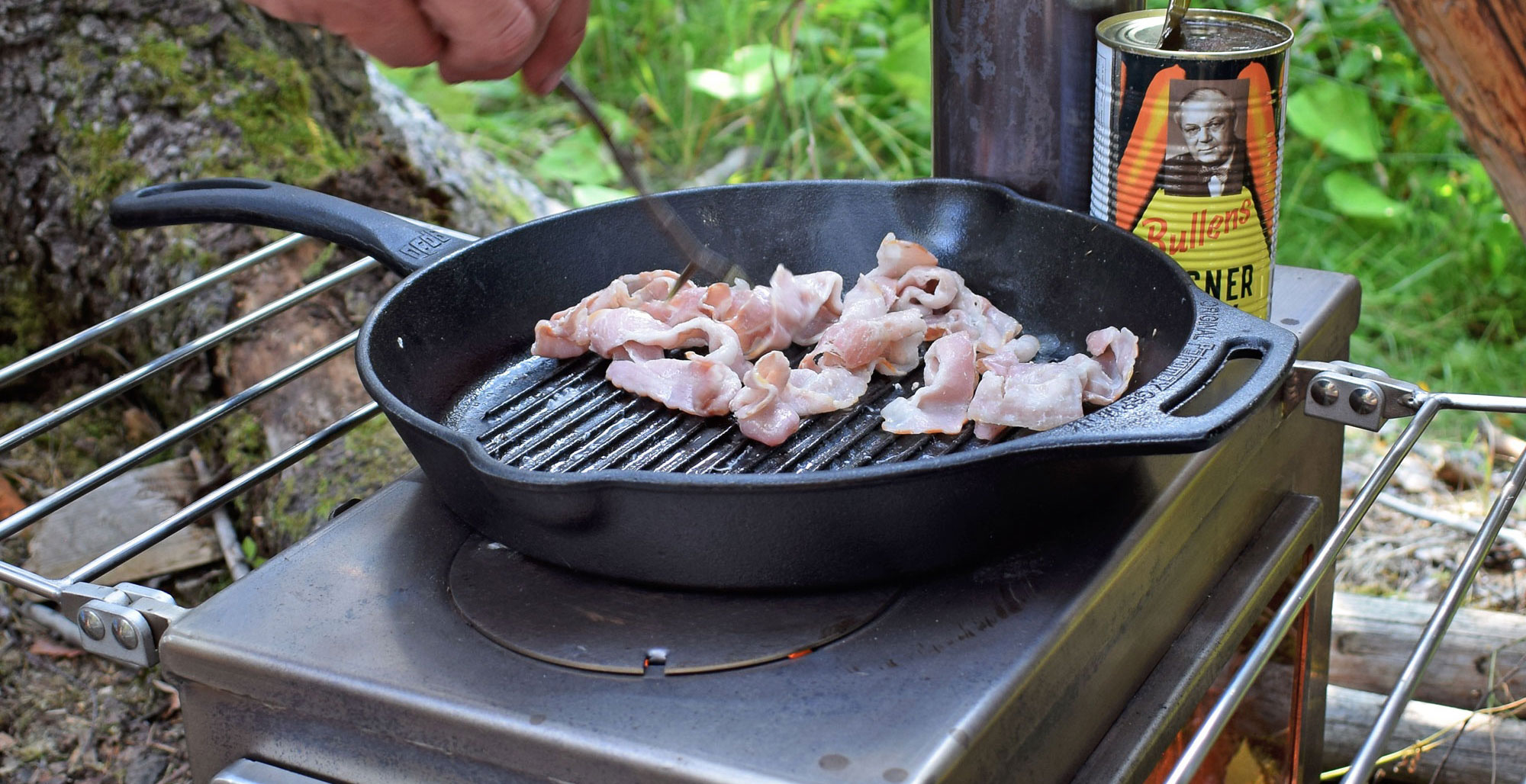
Most tent stoves work excellently for cooking and resemble the old cast iron stoves used in traditional cottages. The hottest area is typically near the chimney, while the front near the door is slightly cooler—making it easy to regulate heat. The stove's dampers allow for additional temperature adjustments. If you need a quick boil, using finely chopped wood (often called "coffee wood") will rapidly increase the temperature.
Winnerwell offers water tanks that can be placed on the stove, providing a continuous source of hot water while also storing heat.
Keeping the fire going overnight
In an ideal setup, one person should monitor the fire throughout the night. This is common in large tents where campers take turns keeping watch. The person responsible for maintaining the fire is typically called the "fire watch," and their main task is ensuring that their companions stay warm and that the tent does not catch fire.
If you are alone or with a small group, safety becomes even more critical. Avoid rolling into the stove while sleeping, as this could result in severe burns or even fire hazards. Creating a proper fire barrier between yourself and the stove is essential. Using thick wooden logs or a wool blanket over your sleeping bag can reduce the risk of accidental fire.
A tent stove is usually made of sheet metal, meaning that heat dissipates quickly once the fire goes out. Unlike cast iron stoves, which retain heat for longer periods, tent stoves cool down rapidly. To maintain warmth, use larger logs that burn slowly, adjust the dampers as needed, and place heat-retaining objects such as water tanks, cast iron pots, or stones on or near the stove.
Extinguishing and cleaning the stove
Stop adding fuel well before you plan to pack up. Ideally, allow the fire to burn out naturally. You can also remove remaining embers or coals into a metal bucket. Never pour water directly on a hot stove to cool it down, as this may warp or damage the material. Be extremely cautious when packing up your tent if the stove is still warm. It's best to wait until everything has cooled completely.
The stove can be cleaned with a specialized cleaning sponge or cloth. In a field setting, a bundle of spruce branches works well for scrubbing, particularly inside the chimney.
Safety considerations
Humans have used fire for thousands of years, yet we still manage to set fire to houses, forests, and even ourselves. Before doing anything else, ensure that you understand fire safety.
Always follow these guidelines:
- Ensure proper ventilation. Fire consumes oxygen, and without airflow, there is a risk of suffocation.
- Place the stove on non-flammable ground, such as sand or stone, and remove any combustible materials from the area.
- Create a safety barrier around the stove to prevent accidental contact with sleeping bags or clothing.
- Keep a bucket of water or a fire extinguisher nearby.
- A long spruce branch can be used to remove sparks from the tent roof or surrounding trees.
- Have an emergency exit plan. In a tent, keep a knife nearby to cut your way out in case of fire.


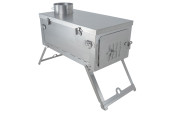
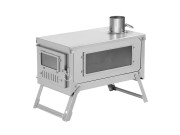
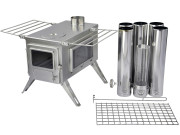
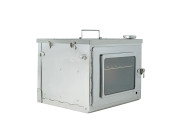
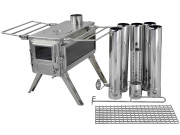
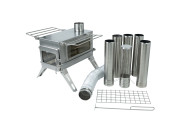
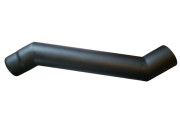
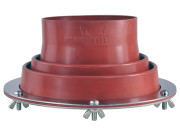
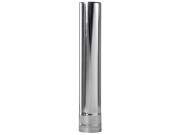
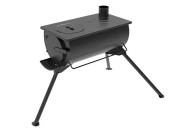
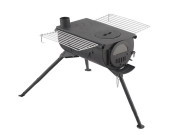
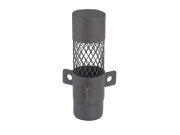
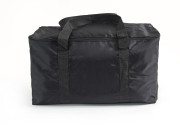
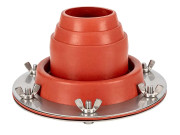
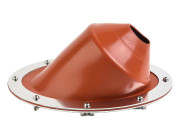
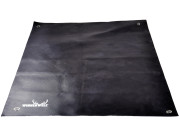
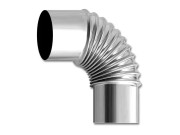
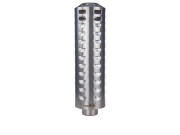
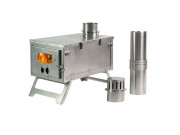
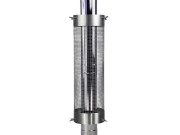
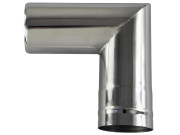
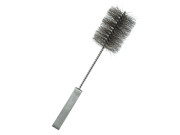
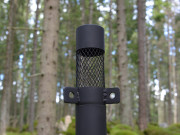
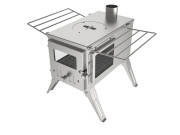
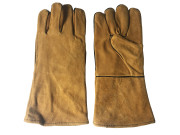
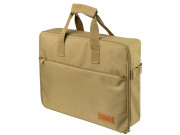
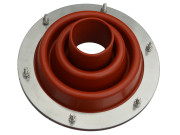
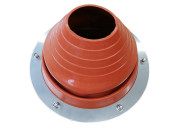
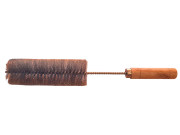
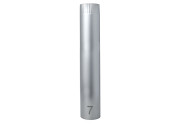
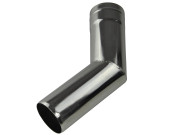
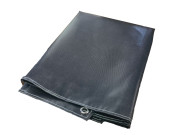
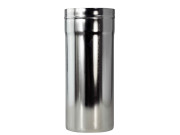
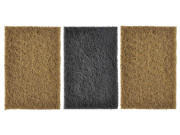
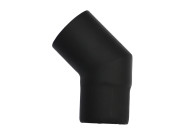
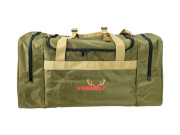
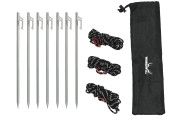
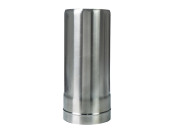

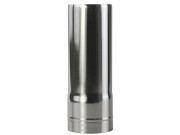
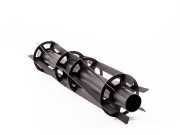
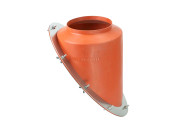
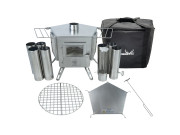
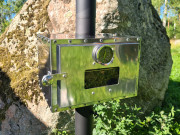
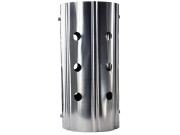
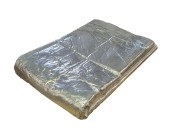

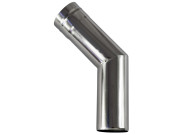
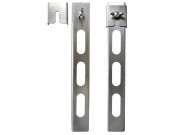
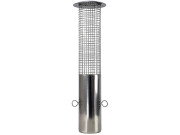
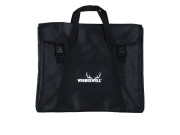
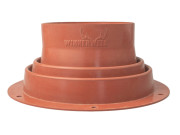
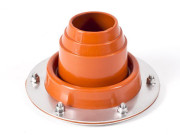
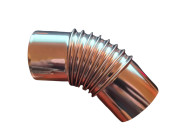
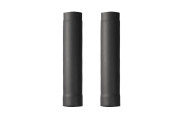
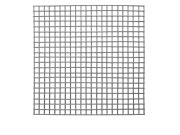
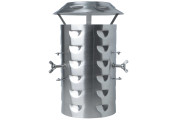
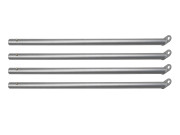
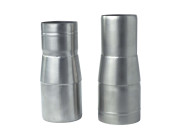
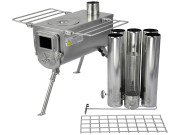
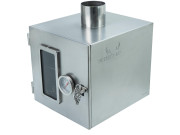
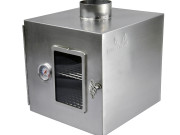
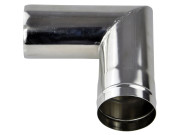
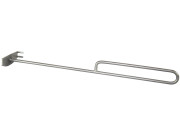



 Most tent stoves work excellently for cooking and resemble the old cast iron stoves used in traditional cottages. The hottest area is typically near the chimney, while the front near the door is slightly cooler—making it easy to regulate heat. The stove's dampers allow for additional temperature adjustments. If you need a quick boil, using finely chopped wood (often called "coffee wood") will rapidly increase the temperature.
Winnerwell offers water tanks that can be placed on the stove, providing a continuous source of hot water while also storing heat.
Most tent stoves work excellently for cooking and resemble the old cast iron stoves used in traditional cottages. The hottest area is typically near the chimney, while the front near the door is slightly cooler—making it easy to regulate heat. The stove's dampers allow for additional temperature adjustments. If you need a quick boil, using finely chopped wood (often called "coffee wood") will rapidly increase the temperature.
Winnerwell offers water tanks that can be placed on the stove, providing a continuous source of hot water while also storing heat.